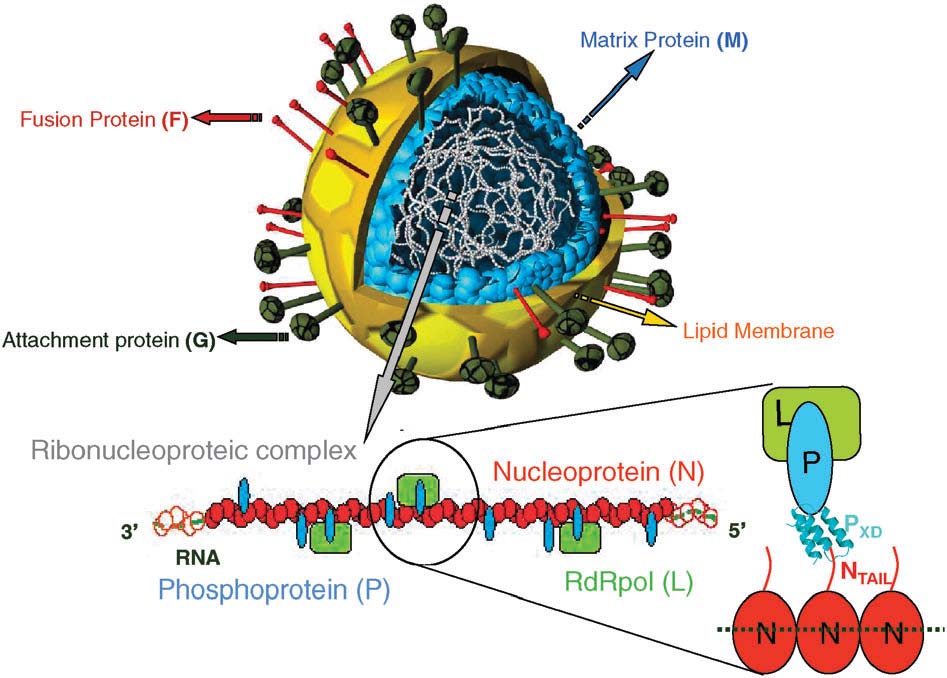 In my childhood when the desert storm raged outside our flat in Sharjah, I’d close my eyes and imagine the pitter patter of the rain on the red roof tiles of our ancestral home in Kerala. The feeling was even stronger during the months following our summer break in Kerala. During most of our Kerala bound vacations, the monsoons would lash out their fury with all might finding their way into our comfortable homes inciting my poor Ammachi to evenly distribute her aluminum vessels with charred bottoms around the house, to collect the trickling water. These drippings from the roof would sound from various corners of the house to create a soothing symphony almost lulling one into a peaceful sleep.
In my childhood when the desert storm raged outside our flat in Sharjah, I’d close my eyes and imagine the pitter patter of the rain on the red roof tiles of our ancestral home in Kerala. The feeling was even stronger during the months following our summer break in Kerala. During most of our Kerala bound vacations, the monsoons would lash out their fury with all might finding their way into our comfortable homes inciting my poor Ammachi to evenly distribute her aluminum vessels with charred bottoms around the house, to collect the trickling water. These drippings from the roof would sound from various corners of the house to create a soothing symphony almost lulling one into a peaceful sleep.
A decade later as I walked to my office watching the rain drops roll off the edges of my maroon umbrella, I realized that I was living my childhood fantasy without ever realizing it. Adulthood was such. You seldom have the time to cherish the things you’ve gained in life while you chase your dreams. The little things in life –the tiny hands that latch on to my jeans when I return home, the warm cup of tea I sip as I listen to the narration of my little one’s antics from her nanny, that heavy foot (my husband’s) that rests on my lap on a lazy evening, the warmth of my little home when the rain is pouring outside–are all that matter to measure my happiness. Perhaps, that’s why Bhutan has the highest happiness index in the world. The nation’s all about the little things.
During one of my little walks to office, I realized how important these small journeys have been in my life– en-route to school, college or work. The frantic efforts to finish my math homework in the school bus while catching on gossip, the sharing of an unfinished tiffin on the journey back home and the relentless discussions on Harry Potter with my neighbor are some of the school bus moments I recollect fondly.
In College, every journey was unique, at first due to the strangeness of the place, the language and the people, and later due to the familiarity and comfort in the same. The icy cold wind that whisked on my face on those Delhi winters while rushing towards the 8.40 lecture, the water balloons that exploded on my head en-route to hostel during the ‘Holi’ week, and those conversations about economics, life and love during the long walks after class hits me with a strange sense of nostalgia.
In Masters, these walks/journeys took a different turn. Though strategically located with respect to all other aspects–multiplexes, malls and eateries–my residence in Pune, was a 3 km walk from college. On most days I’d start for college an hour before and treat myself to a brunch of mouth-watering plate of authentic Maharashtrian poha topped with peanuts , bhujia and tinge of lemon. The steaming hot half cutting masala chai that came along was my sole motivation to walk my way to college every day.
There were days when a group of us would climb the hill near our college after class and watch the sunset. On other days when a class got cancelled or we ended up in college earlier than expected, we’d explore a fort, a temple or a ruin nearby. Sometimes I’d ride around the city in a friend’s bike braving the unexpected rain slapping on our faces.
My second run in Delhi was quite different from my college days. My journey to my office in Connaught Place–a combination of a 15 minute ride in a dilapidated share auto stuffed with people, a metro ride of 30 minutes and a 10 minute walk from the metro ride–was memorable primarily, due to the different types of people I’d encounter on my way. On a typical week day, I’d meet three to four interesting categories of individuals in the ladies compartment of the metro: the well-groomed Delhiite clad in the latest fashion with every eyelash in place; the chubby Punjabi Aunty and her friend, giggling their way back from a shopping spree in Sarojini Nagar; the UPSC candidate, with her nose deep inside the editorials of The Hindu or the Constitution of India; the perpetually lost lady, frequently glancing at the metro map with blinking dots to ensure she’s headed the right way. Of course there were others: the one with the headphones, the one with the chips packet, the one with the boyfriend on the other line, the one from the airport/railway station, the one with a book. These rides were critical in shaping my interest in studying people or as my friend would crudely put it-crowd watching.
As far as Kerala is concerned, the walks in this state are beautiful just for their inherent scenic beauty. On my way to office I usually pass my laundry guy, a man in his late forties clad in a skull cap and a warm smile. A steaming hot charcoal iron placed beside him would gracefully puff wisps of smoke into the air before ironing out the wrinkles on the shirt laid out on the table. Meanwhile, a Bollywood song from the sixties would play from a National Panasonic radio in the shop, setting the mood for my morning walk.
A fish shop, a vegetable vendor and a grocery store would follow, mainly to cater to the needs of the Bengali colony that existed a few meters away. Crossing these vendors, laborers in florescent overalls and yellow helmets would head for their contract jobs while chattering in their native tongues.
A private bus heading to the other end of town would lie in wait for more passengers creating a traffic jam right at a tea point. Past the junction, the honking and unpleasant mouthing, there’s a straight road downhill heading to InfoPark, the famous IT hub in Kerala. This road incidentally is noticeable for its almost non-existent sidewalk. Despite its inadequacy, hundreds of pedestrians walk this way jumping potholes and evading speeding vehicles. On a rainy day, they’d display their ambidexterity by holding on to their side bags and struggling to keep their umbrellas open. Meanwhile, small rivulets would trickle down road (or downstream) merging at small holes in the walkway, splashing a vivid imagination in one’s mind- a Liliputian lake with tiny pebbles and underwater vegetation. Bits and pieces of plastic, paper wrappers, cigarette cases, bottles, broken sandals and on odd occasions, a used tube of fairness cream floated about this metropolitan riverine system.
While on one side the morning traffic rushes by, on the other side of my walkway, houses, open spaces and fences whisper from their comfortable niches. A once painted concrete wall would boast a refreshing green of moss. A kind of ivy creeps all over another wall inviting the envy of any modern day vertical gardener . Earthworms sometimes dangle from the branches of a tree that bends over these fences. On one occasion, I even spotted a packet of milk resting right on top of a fence quite oblivious to the mismatch of its surroundings. Whether it was a tribute to the naga king cobra that might be beyond that fence or an honest mistake of a passerby, I know not.
After the deserted space of land and its bordering fence, comes a brightly painted vada pav store with one employee- a bewildered looking man in his thirties sporting a red cap and apron hoping his reinterpretation of the Maharashtrian delicacy might convince a customer to enter. Next up, there’s a hypermarket, and a food court targeting the InfoPark techies. At the end of this journey lies the InfoPark Campus, at the riverbed of the Kadambrayar. This co-existence of the modern and the natural is a beauty to behold as long as the latter remains intact and unaffected.
These little walks in my life has been central to molding a part of me, perhaps the more beautiful part. They’ve helped me observe, introspect, and most importantly breathe. Small is beautiful indeed!





 In my childhood when the desert storm raged outside our flat in Sharjah, I’d close my eyes and imagine the pitter patter of the rain on the red roof tiles of our ancestral home in Kerala. The feeling was even stronger during the months following our summer break in Kerala. During most of our Kerala bound vacations, the monsoons would lash out their fury with all might finding their way into our comfortable homes inciting my poor Ammachi to evenly distribute her aluminum vessels with charred bottoms around the house, to collect the trickling water. These drippings from the roof would sound from various corners of the house to create a soothing symphony almost lulling one into a peaceful sleep.
In my childhood when the desert storm raged outside our flat in Sharjah, I’d close my eyes and imagine the pitter patter of the rain on the red roof tiles of our ancestral home in Kerala. The feeling was even stronger during the months following our summer break in Kerala. During most of our Kerala bound vacations, the monsoons would lash out their fury with all might finding their way into our comfortable homes inciting my poor Ammachi to evenly distribute her aluminum vessels with charred bottoms around the house, to collect the trickling water. These drippings from the roof would sound from various corners of the house to create a soothing symphony almost lulling one into a peaceful sleep. The Nipah virus is the new talk of the town and for no small reason. This little known virus has infected and killed 10 individuals in the hitherto, peaceful town of Perambra in Kozhikode, Kerala. The media has gone berserk with multiple reports on the disease alarming the people at large. A few jokes have also gotten viral in the meantime: Apple products to be banned since the apple icon was bitten off by a bat, Bacardi Rum might be the genesis of the disease considering its logo- a bat, the list goes on and on.
The Nipah virus is the new talk of the town and for no small reason. This little known virus has infected and killed 10 individuals in the hitherto, peaceful town of Perambra in Kozhikode, Kerala. The media has gone berserk with multiple reports on the disease alarming the people at large. A few jokes have also gotten viral in the meantime: Apple products to be banned since the apple icon was bitten off by a bat, Bacardi Rum might be the genesis of the disease considering its logo- a bat, the list goes on and on.
 A hot sweltering summer, it was
A hot sweltering summer, it was